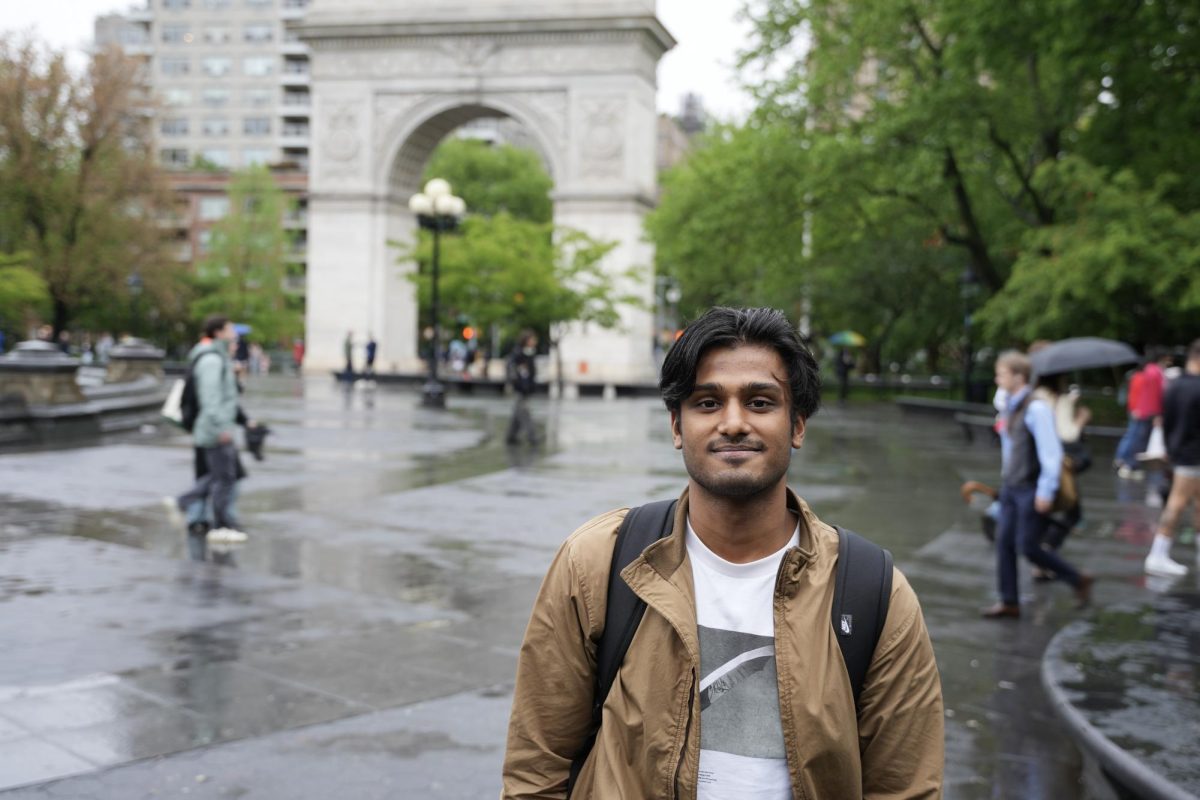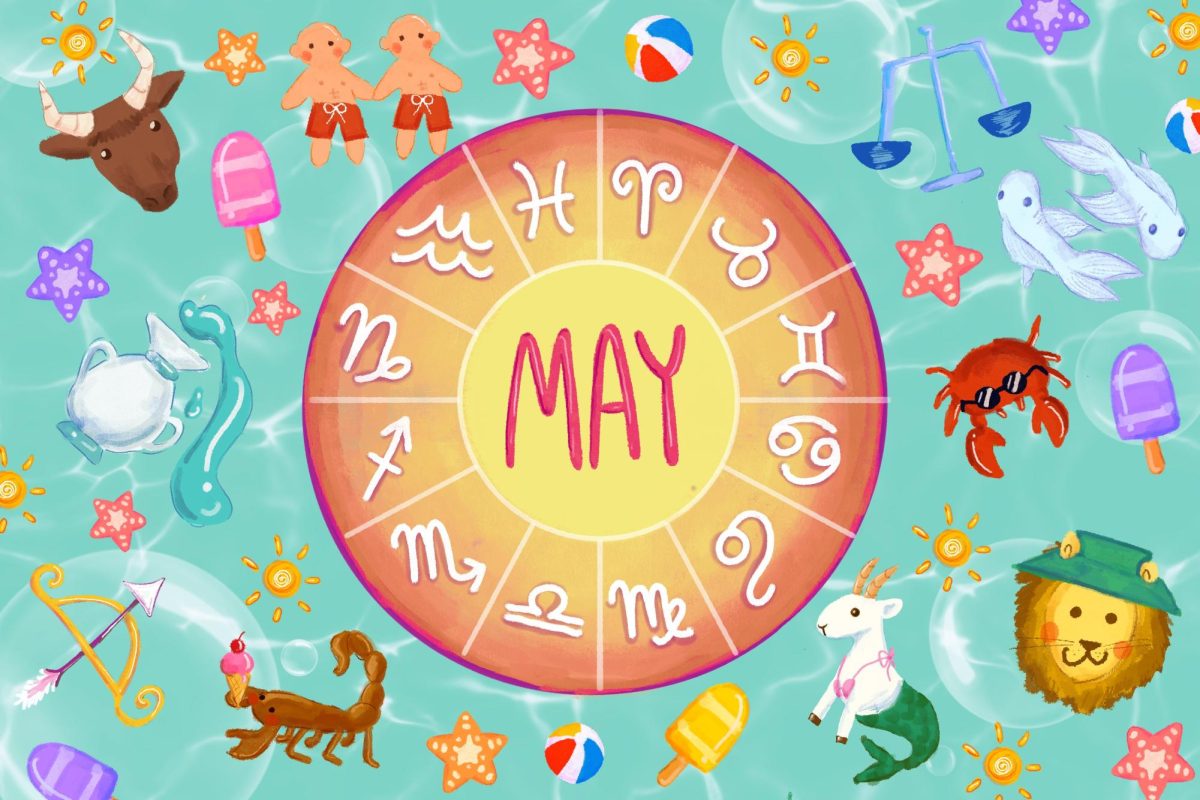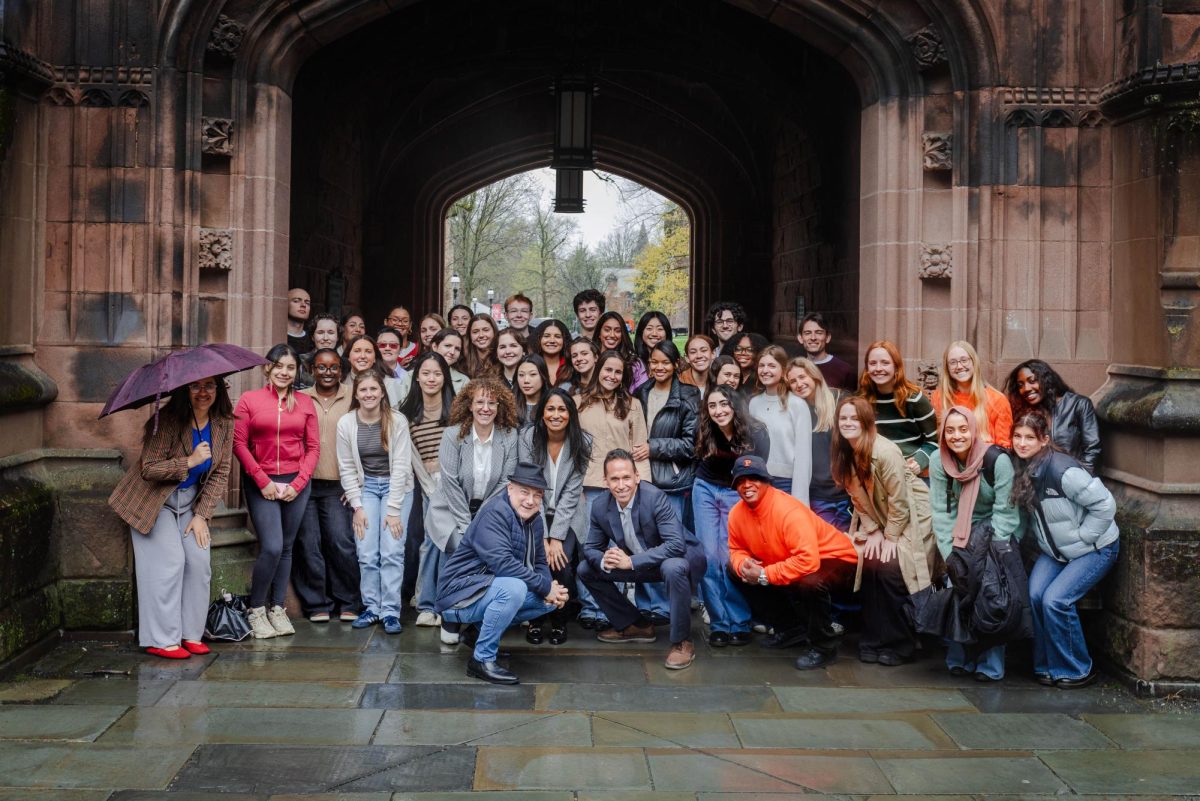If an 80-degree November day in New York City is not indicative of the global climate crisis, I don’t know what is. With rising concerns over climate change, alongside its denial by prominent world leaders, art is a necessary form of environmental activism. As viewers step into NYU’s Gallatin Galleries’ newest exhibition “Heartwood,” they are not just observers of art, but active participants in a conversation on climate change and its relationship with the human body.
Gallatin alum and interdisciplinary artist Tali Weinberg returns to her alma mater to showcase her first solo exhibition in New York. “Heartwood” explores the effect of climate change on human health through a series of innovative sculptures and woven pieces, urging viewers to consider their own impact on the environment.
“My hope is that this exhibition offers space to reflect and consider the possibilities that emerge when we retrace and reimagine frayed relationships between corporeal and ecological bodies,” Weinberg said.
Towards the front of the exhibition hangs the largest: “Arterial Forest (American Chestnuts 1-3).” Three white organic cotton cloth panels woven together form the image of roots from more than 130 species of endangered trees. The roots’ fine lines spread throughout each panel with a striking resemblance to the veins and arteries of human lungs, emphasizing the physical connection between our health and the planet.
Further, Weinberg creates dramatic parallels between the woven white cotton and the medical gauze used for wound care. In this way, she connects the extinction of trees and deteriorating human health inflicted by the devastating environmental crisis. This connection makes it apparent that we must work to save our climate — the worse external conditions are, the more susceptible we are to climate-related health issues.

Among the most captivating sculptures in the exhibition is “Tree Rings,” which displays approximately 80 circular objects placed adjacent to the pieces on a platform. Compared to the neutral-colored pieces found throughout most of the exhibition, “Tree Rings” stands out with vibrant oranges and blues. The circles are made from expired tourniquets and other medical waste. Weinberg intricately coiled the tourniquets into distinct circles, resembling the rings of an old tree. These rings represent longevity and reflect a tree’s age and ecological history. When all 80 circles are placed together, the viewer sees a “forest” of tourniquet tree rings.
Just as rings reveal a tree’s life story, Weinberg’s work prompts visitors to reflect on the environmental factors that shape them. She traces the relationship between the circulatory systems of both humans and trees — representing life, disease and death simultaneously. There was a clear melancholic tone while investigating “Tree Rings,” as the materials symbolize the urgent need for immediate medical intervention, which evokes an uncomfortable emotional response.

The exhibition is a poignant reminder of our individual role in the global environmental health crisis through the format of interpretive art. Though the climate crisis won’t be immediately healed by attending “Heartwood,” it certainly won’t hurt. In a society where environmental movements and health concerns intersect, Weinberg’s artwork is truly impactful and one-of-a-kind.
“Heartwood” is on through Nov. 26 at The Gallatin Galleries and is free for NYU students.
Contact Maya Santiago at [email protected].























































































































































